(11017 products available)

















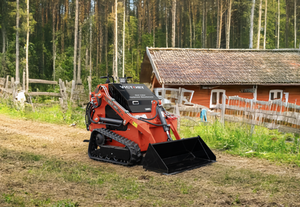

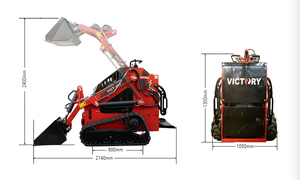








































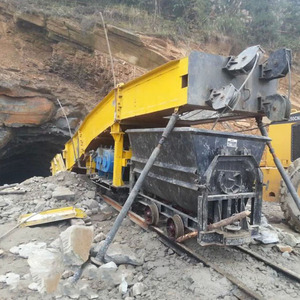



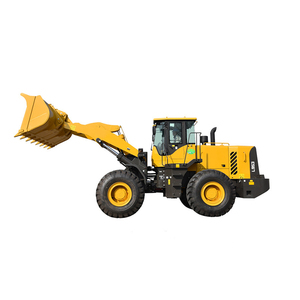




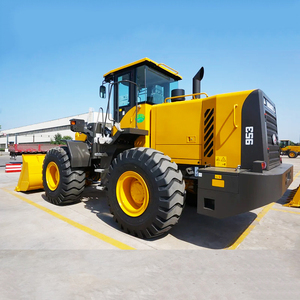









































































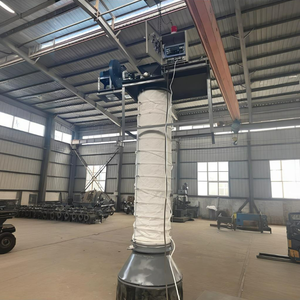

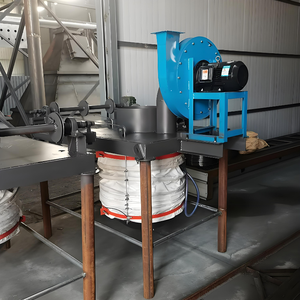
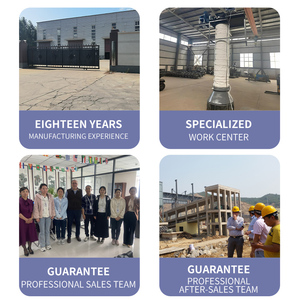







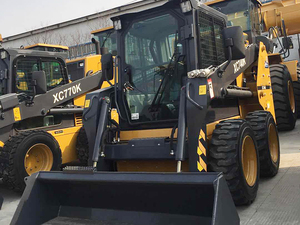
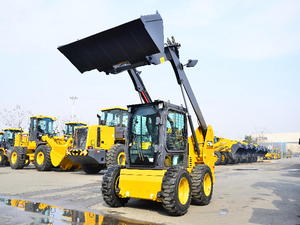





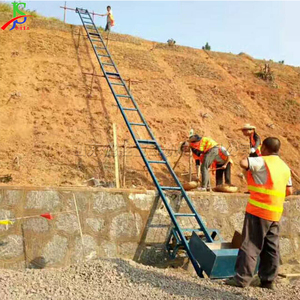


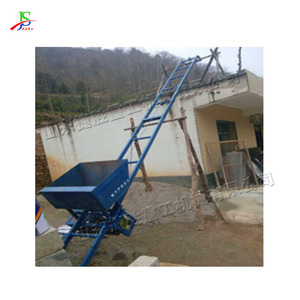




























Another essential piece of equipment for the supply chain, the unloading machine loader, comes in a few varieties.
Container Tipper
A container tipper is an unloading machine that tips the goods in containers or boxes. The tippers have a platform on which the container or box is placed. The unloaded usually has a tilting mechanism, such as an electric motor, to tip the container or box at an angle to unload the goods.
Gravity Roller
A gravity roller is an unloading machine that uses roller tracks to unload packages or items. The roller tracks have a set of cylindrical rollers installed horizontally. Packages or items are pushed or slid onto the roller tracks. Then, the rollers are rotated, and the packages or items are rolled down and unloaded.
Gravity roller machines are commonly used to unload packages from conveyor belts or to connect multiple workstations and process equipment. They can be used to unload packages from trucks or containers and are suitable for warehouses and logistics centers. Compared with other unloading machines, gravity rollers are less efficient, as they rely on human strength to push the items onto the roller tracks.
Unloading Belt
As opposed to gravity rollers, unloading belts operate automatically using electric motors and other power sources to drive the belt circuits. They are more efficient than gravity rollers, as they can be used to handle a larger number of items and packages. Unloading belts can also be adjusted to accommodate various item sizes and weights.
Dock Leveler
A dock leveler is an adjustable platform used to bridge the gap between a loading dock and a truck or container. It can be raised or lowered to create a smooth and safely transition for unloading goods. The dock leveler is commonly used in warehouses, distribution centers, and manufacturing facilities where goods are frequently loaded and unloaded from trucks, trailers, and containers at loading docks.
According to the way they are operated, dock levelers can be divided into manual, hydraulic, pneumatic, and mechanical dock levelers. Among them, hydraulic dock levelers are the most common and popular type.
Wheel
A general unloading loader machine has heavy wheels that can be created from solid rubber or filled tires. Bulky wheels help the loader maintain stability and traction on uneven surfaces and allow it to navigate through rough terrain. Solid rubber wheels are long-lasting and can withstand constant friction on various surfaces. On the other hand, inflatable tires provide cushioning and a comfortable ride.
Engine
The engine of an unloading loader machine controls the power output. Depending on the usage and kind of loader, the engine power may vary and can range between ten kilowatts to forty-five kilowatts. This power helps the loader perform tasks like transporting materials, clearing obstacles, and loading or unloading heavy objects.
Weight Capacity
The overall weight capacity for an unloading machine loader is usually differentiated into three essential capacities - operating load or rated capacity, static tipping load and dynamic tipping load. These capacities help the loaders tip and haul the heaviest materials without toppling over. The operational weight capacity of a 2-ton unloading loader machine indicates the maximum weight of materials it can safely handle. Static tipping load refers to the weight of materials at which the loader will tip over when it is standing still on a flat surface. Dynamic tipping load refers to the weight of materials at which the loader will tip over when it is moving on an incline.
Power
The power production of a loader is measured in relation to the size of the loader when it comes to specifications. A 1.5-ton unloading loader's power may vary and be formatted in kW (kilowatts) or HP (horsepower). The power is used to indicate the engine's power output and the works the loader can do.
Regular maintenance of an unloading machine is crucial to increasing its lifeline and ensuring it is working properly. Here are some essential maintenance tips:
Unloading machine loaders are highly useful equipment for unloading cargo from containers at ports, warehouses, distribution centers, and other logistics facilities. However, their application is not limited to only these areas.
Safe:
Safety should be the first requirement for choosing unloading machine loaders. When transferring the bulk of materials, loaders or dumpers should have a strong design with adequate safeguards to minimize the risk of accidents. Another essential point is the safety equipment and accessories fitted, like brakes, lights, seat belts, etc. Making sure whatever regular inspection and maintenance for machinery and equipment shall also freely and easily done, which is critical to ensure safety.
Efficiency:
Another important consideration is efficiency. The loaders/unloading machines selected should have the capacity to handle the expected volume of material and be fuel-efficient. Selecting appropriate decisions on their sizes and quantities according to the tasks/scopes to be accomplished shall also help with the overall efficiency. Besides those, the working environment conditions and terrain must be suitable for the kind of machinery chosen so that it is possible to avoid doing extra efforts and improve the same efficiency.
Comfort:
Even though unloading machine loaders are not used directly by operators but also considered the operators' use experiences and comforts, the chosen loaders should offer a comfortable operating cabin with space, visibility, and relieving vibration and noise, which can help create a more pleasant and productive work environment and reduce fatigue and strain over the long term.
Cost:
The price must also be taken into account. Initial purchasing prices besides operating and maintenance costs, fuel efficiency, and long-term reliability are some critical factors influencing the total cost. Plus, whether renting or buying decision is also required to be thought about in detail according to business needs and financial capabilities.
Q: How safe are grain loaders and unloaders?
A: Safety is a major concern when handling heavy-duty machinery. Grain loaders and unloaders are equipped with emergency stop buttons, audible alarms, overload protection, and lockout/tagout procedures for safety. Counsel operators to follow the manufacturer's guidelines and safety instructions.
Q: Do grain loaders and unloaders require regular maintenance?
A: Yes, just like any other machinery, grain loaders and unloaders need regular maintenance to keep them in good working condition. Simple maintenance tasks like lubricating moving parts, checking for loose components, and inspecting belts and chains can go a long way in ensuring optimal performance.
Q: What is the difference between a grain loader/unloader and a conveyor?
A:A grain loader/unloader is designed to move grain from a storage facility to a truck (loader) or from a truck to a storage facility (unloader) while a conveyor can be used for various applications and is designed to move products from one point to another. However, some grain loaders may use conveyors as part of their system.
Q:Can grain loaders and unloaders be used for products other than grain?
A: Yes, but it depends on the design and specifications of the machine in question. Some loaders/unloaders are specifically designed for certain products like coal or cement and may not be suitable for handling grain or other food products. Always consult the manufacturer's manual before using the machine for purposes other than those intended.
Q: Can one buy custom grain loaders and unloaders?
A: Yes, several manufacturers and suppliers would be willing to meet one's specifications when it comes to the design and features of a custom grain loader/unloader.